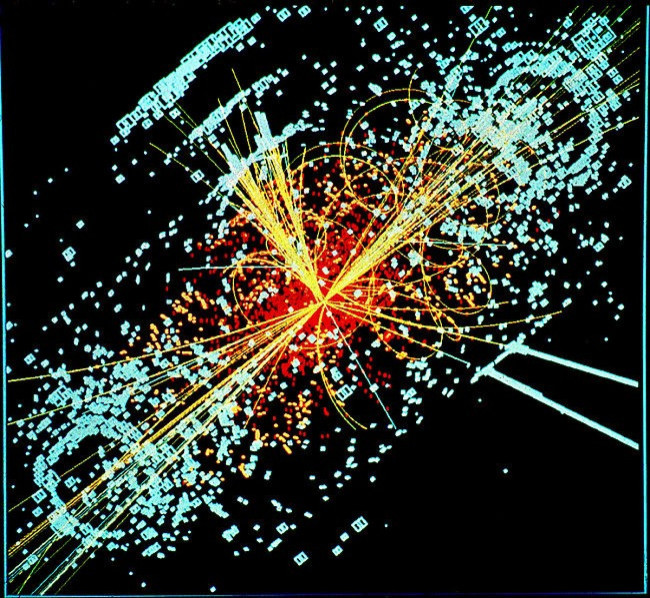God Particle: Fermilab Finds Higgs Hint In Accelerator Data

Scientists confirm that they have gotten closer to finding the God particle that would explain how matter obtained mass after the Big Bang, reports Reuters.
Two teams at the Fermi National Lab near Chicago used its Tevatron accelerator to determine the possible weight of the particle by smashing antiprotons and protons together, further confirming the results found by the Large Hadron Collider late last year in Europe. The key difference between the studies? CERN, the European Organization for Nuclear Research used their accelerator to smash two beams of protons together.
Fermi physicist Rob Roser said it is a good sign that scientists were seeing the same results despite using different methods to aquire their results.
Globally the world is starting to see a consistent picture, said Roser to the Associated Press. I don't think there's any place for the Higgs to hide. We'll know the answer one way or another by the end of 2012.
While the evidence is tantalizing, researchers are hesitant to admit they may come close to finally discovering the God particle. Some scientists still believe the particle does not exist. Even the location of the particle has not been pinpointed as of yet, though the general area has been narrowed down.
I'm not even willing to bet your house on it, let alone mine, said Roser to the Associated Press.
Proving the existence of the particle would give weight to the theory that an invisible field permeates throughout the entire universe, according to Reuters.
© Copyright IBTimes 2025. All rights reserved.





















